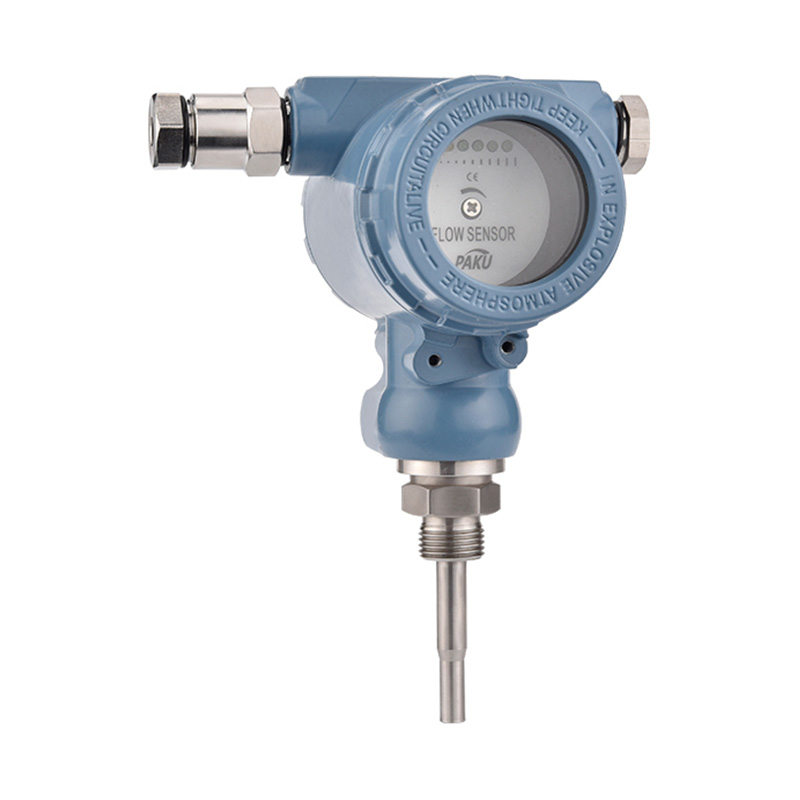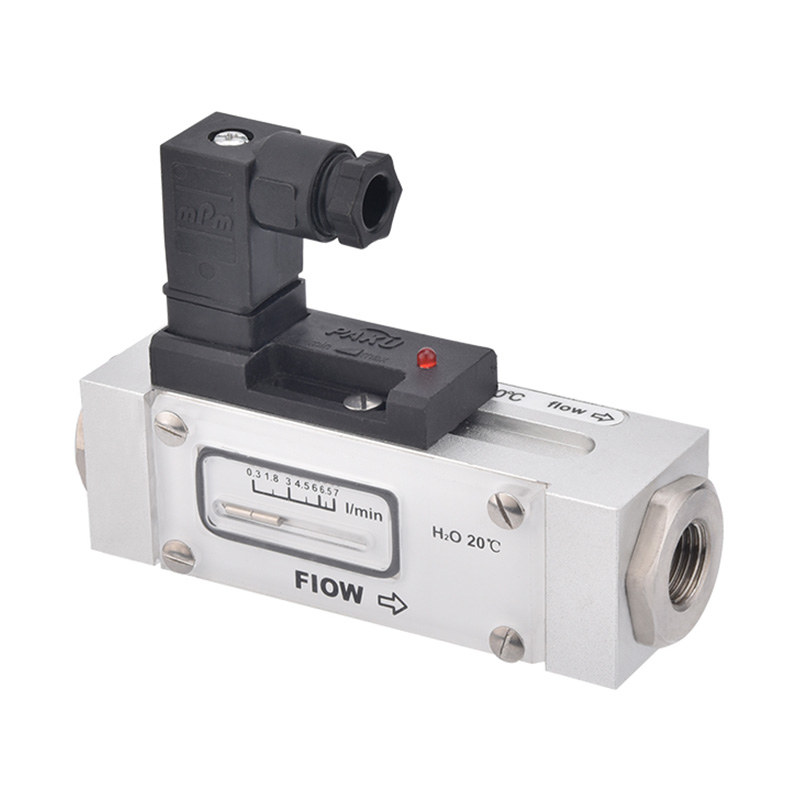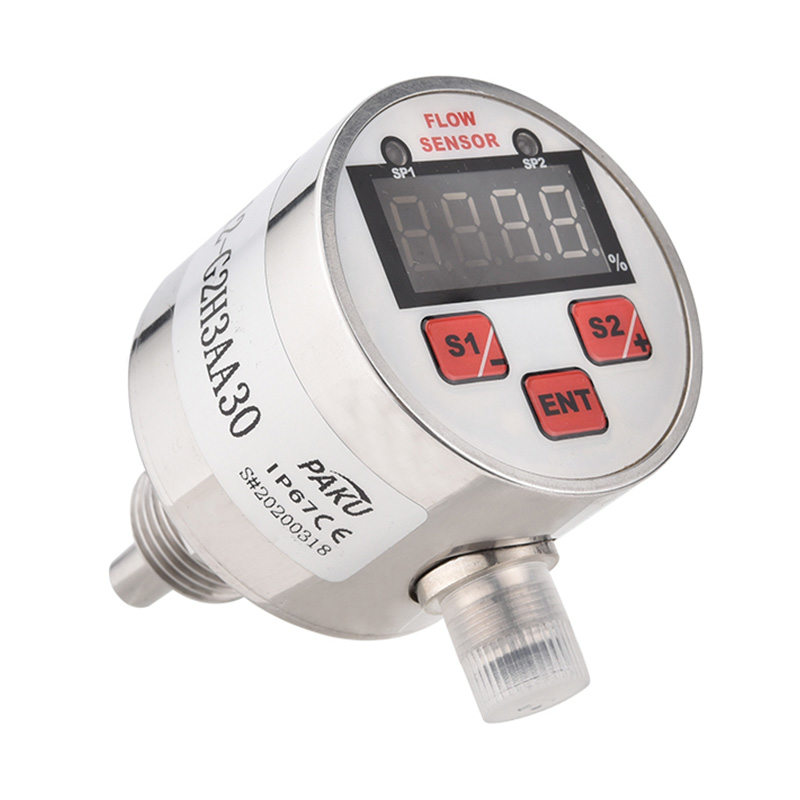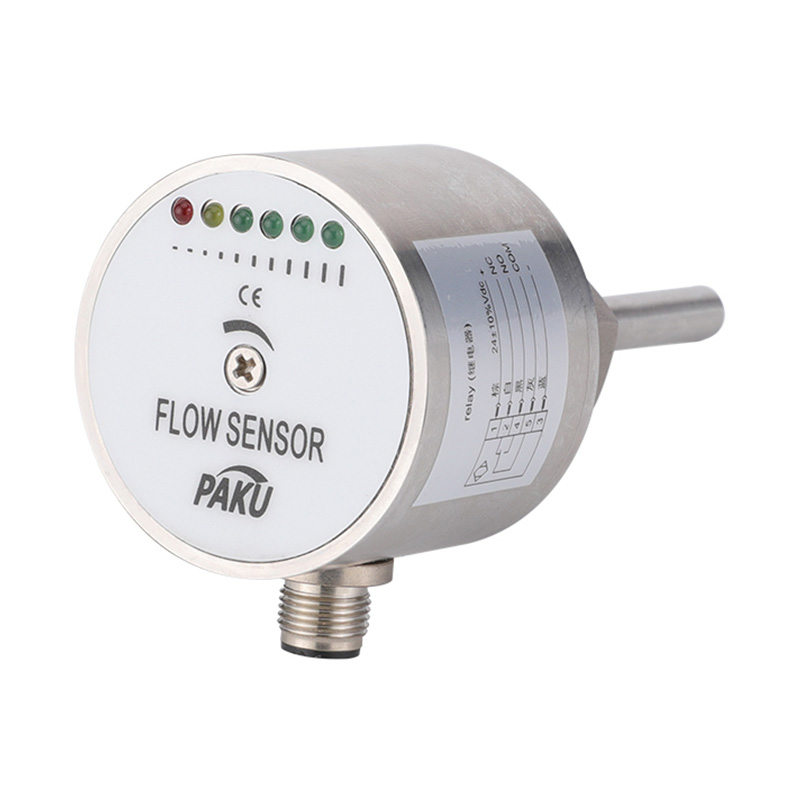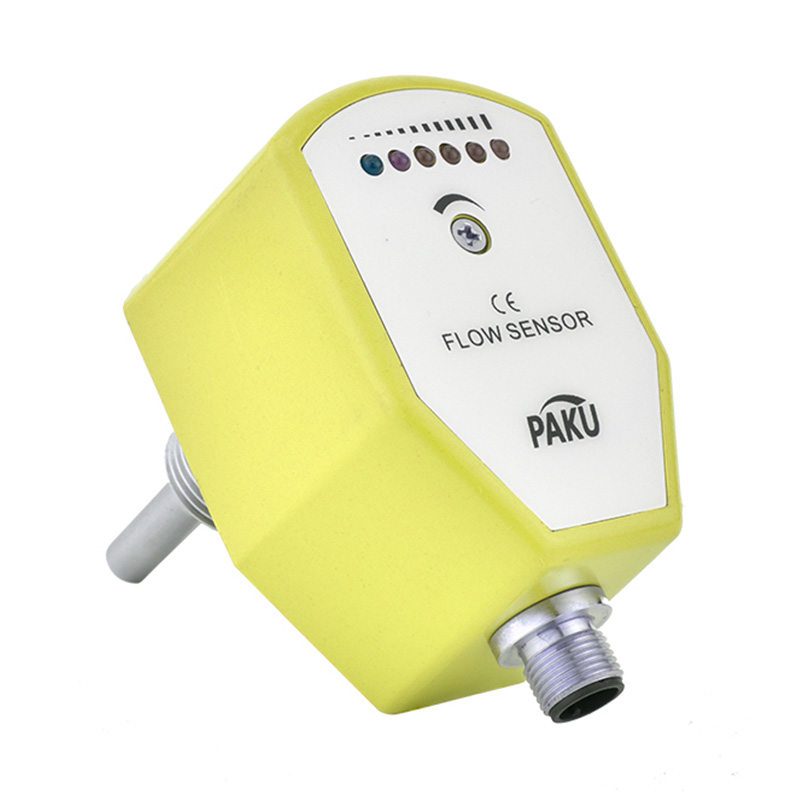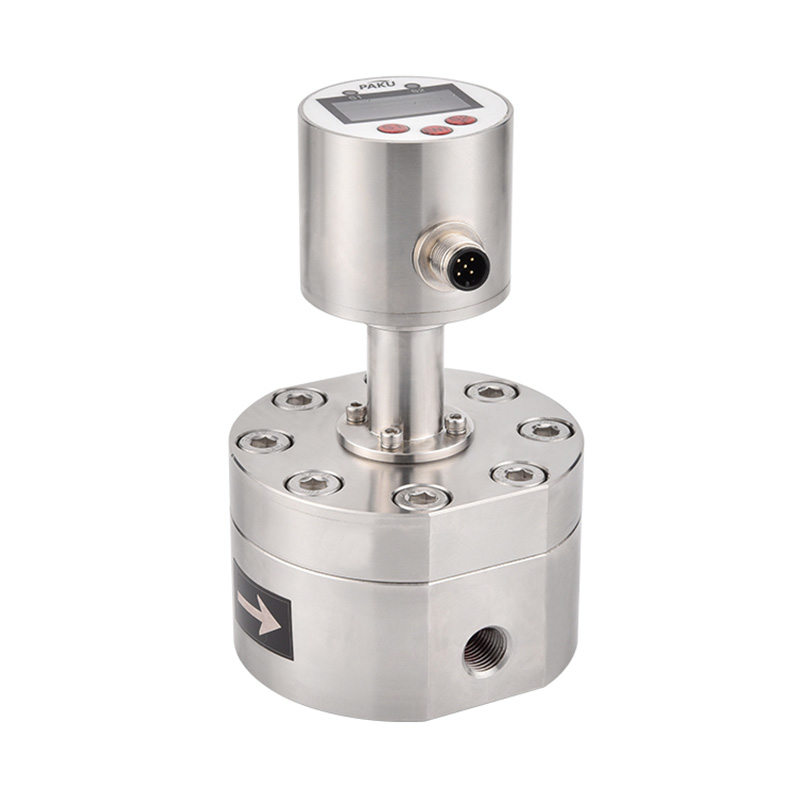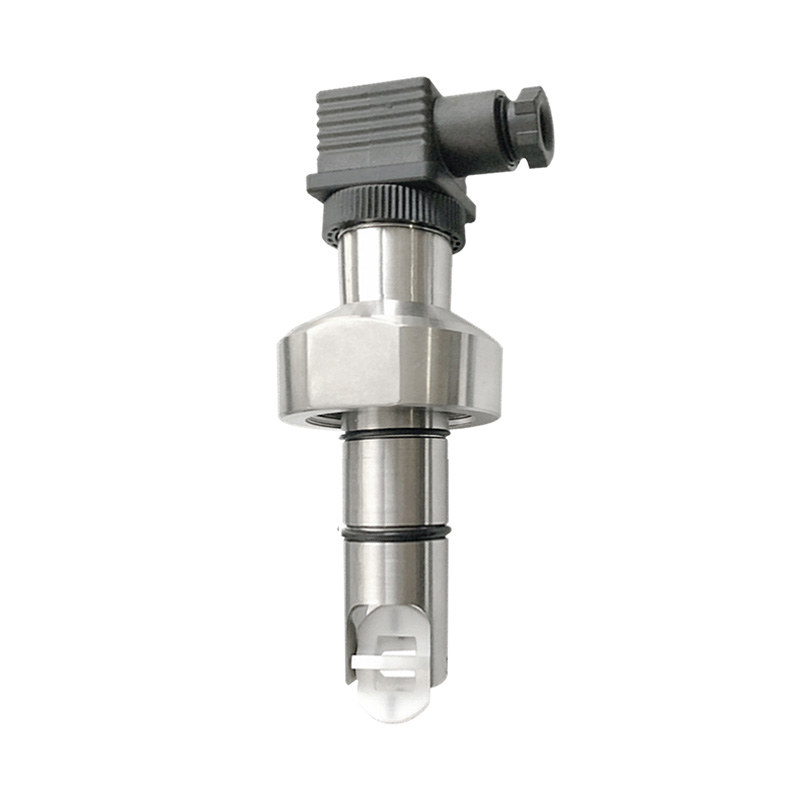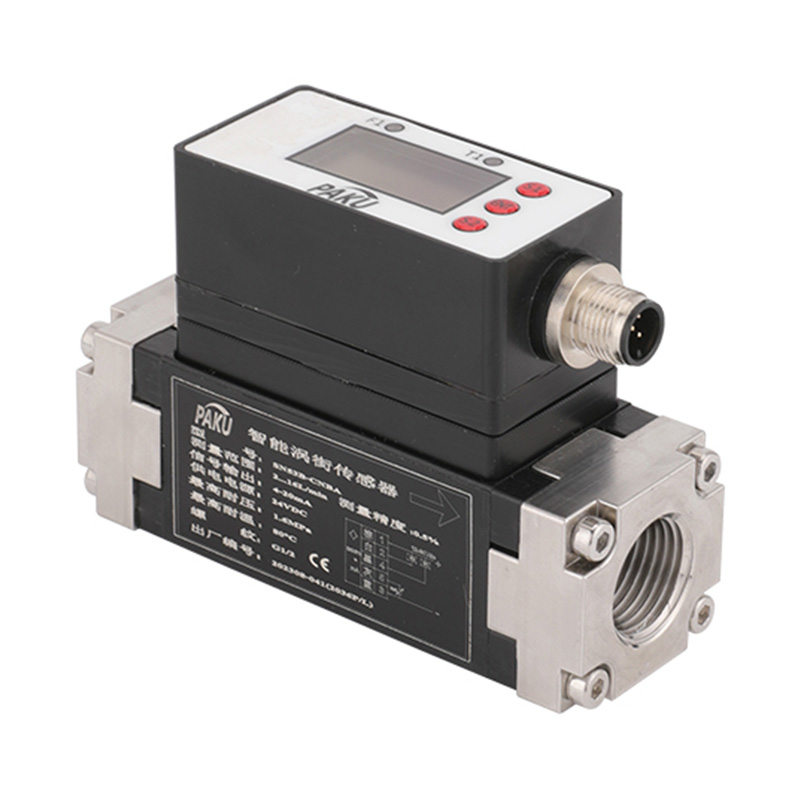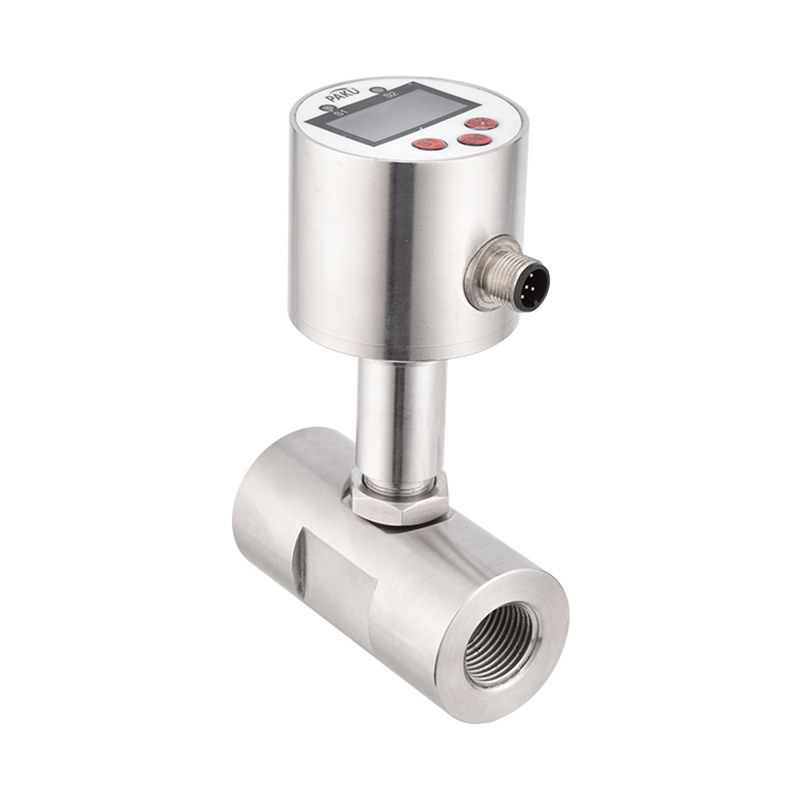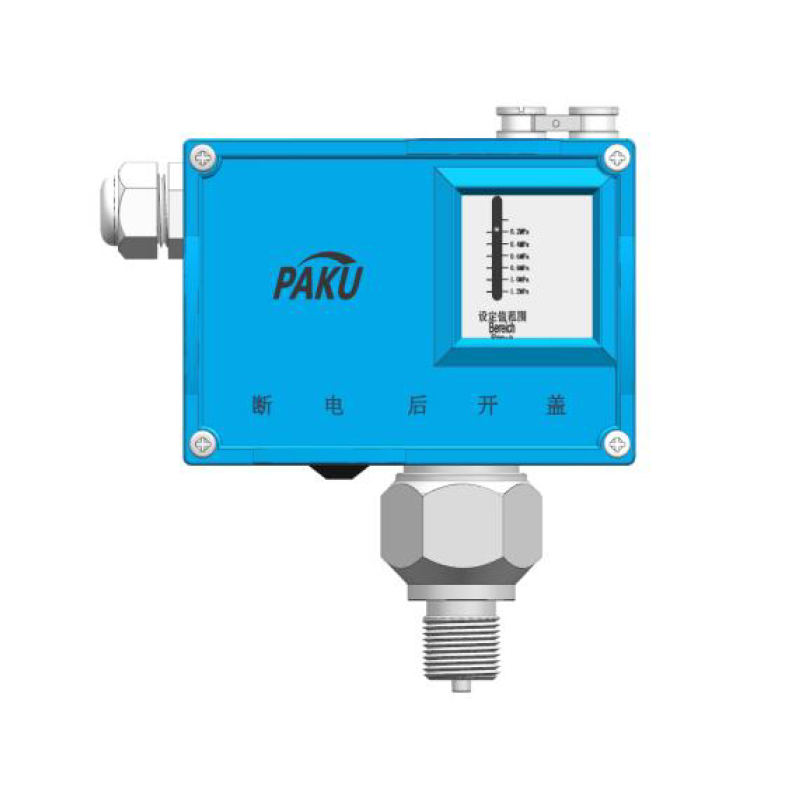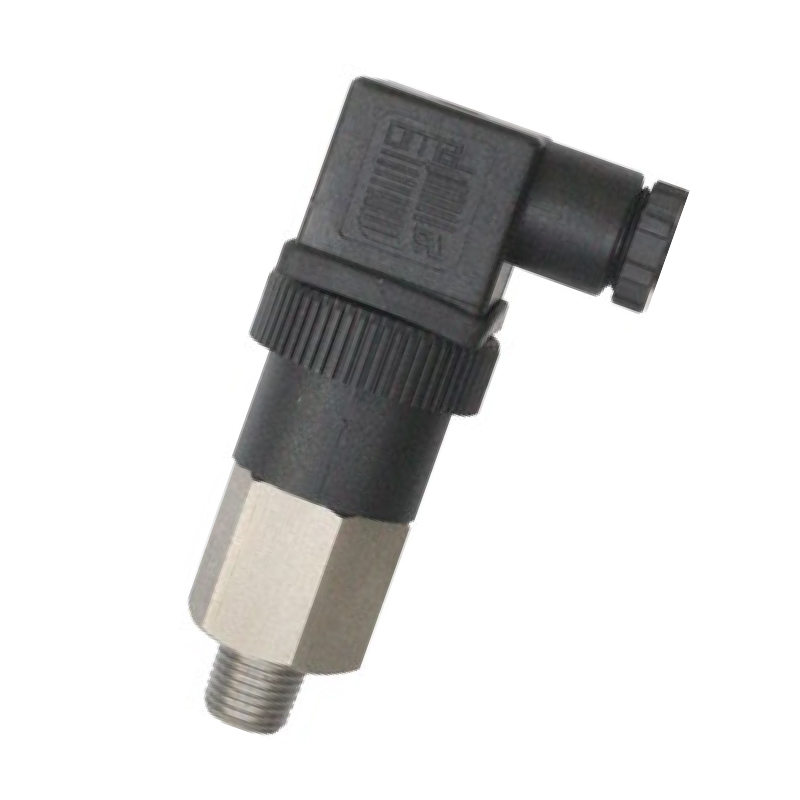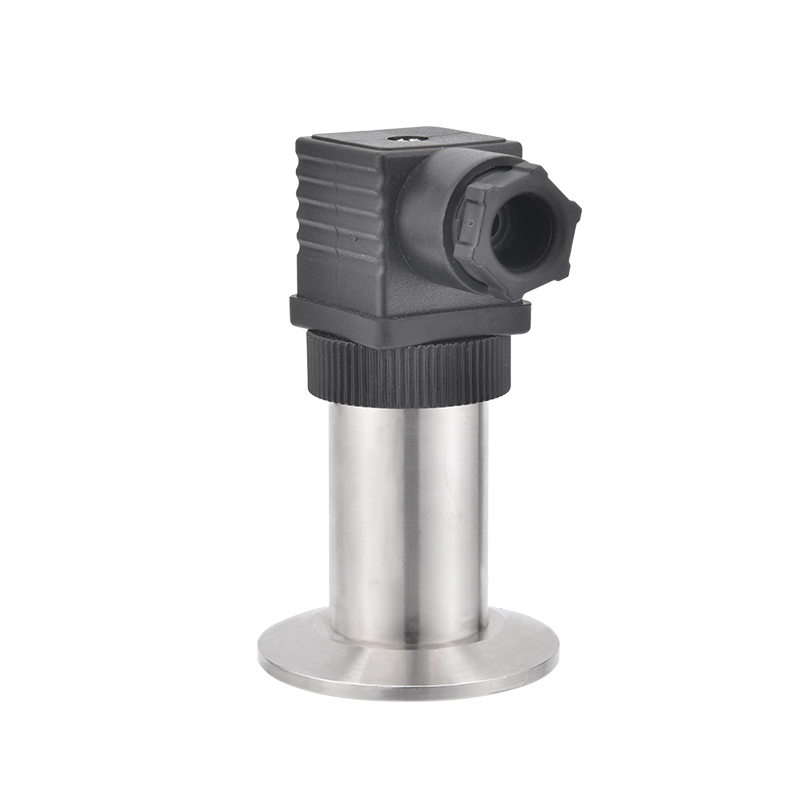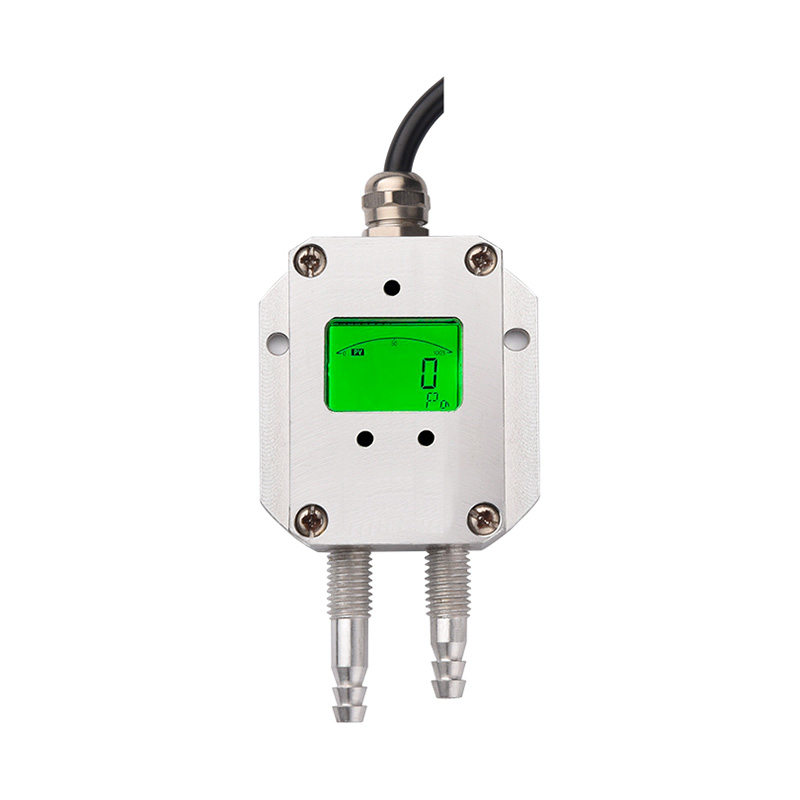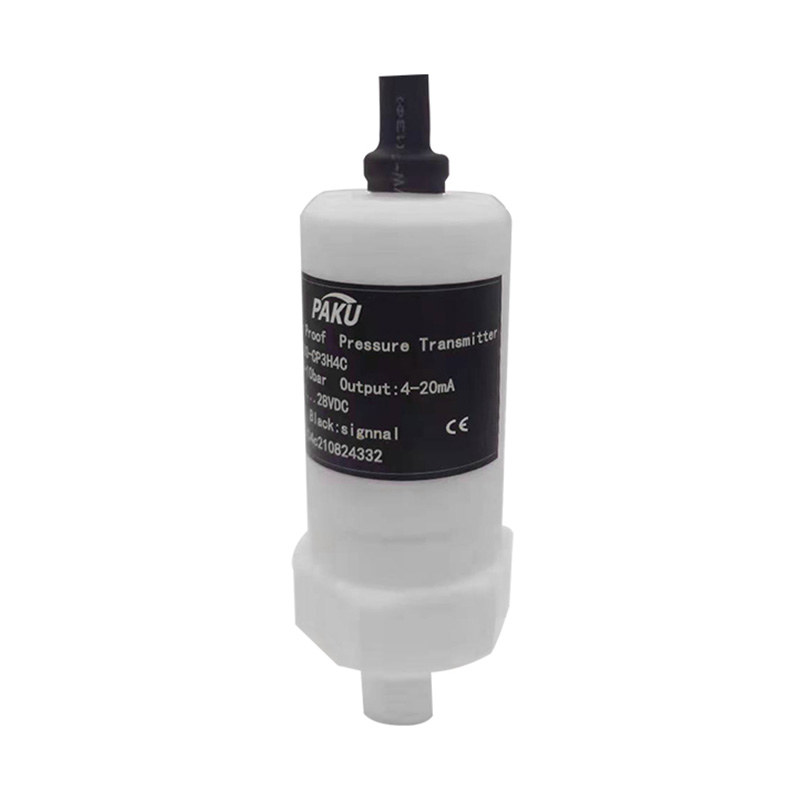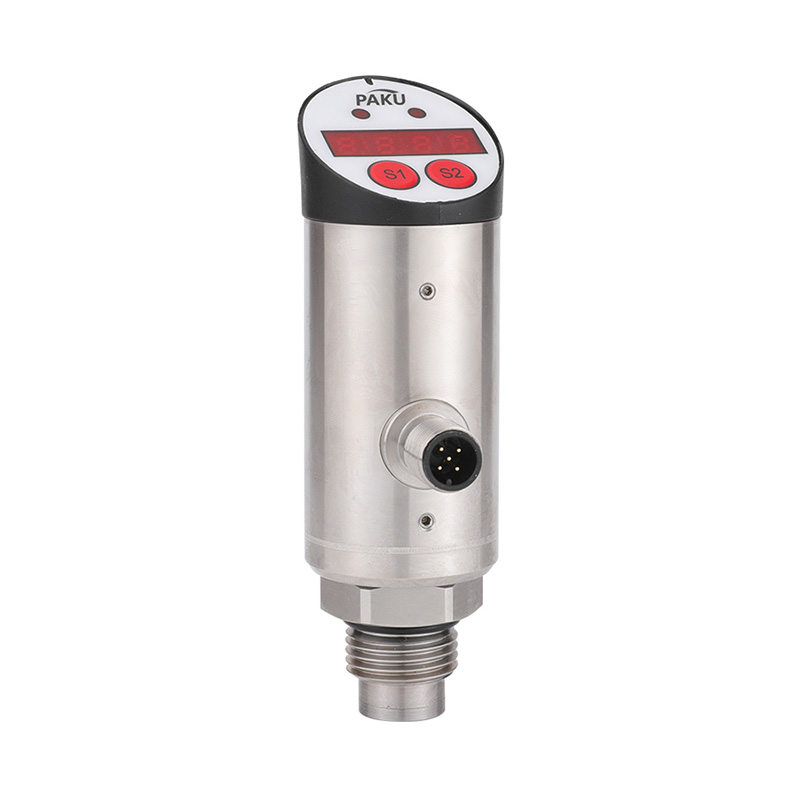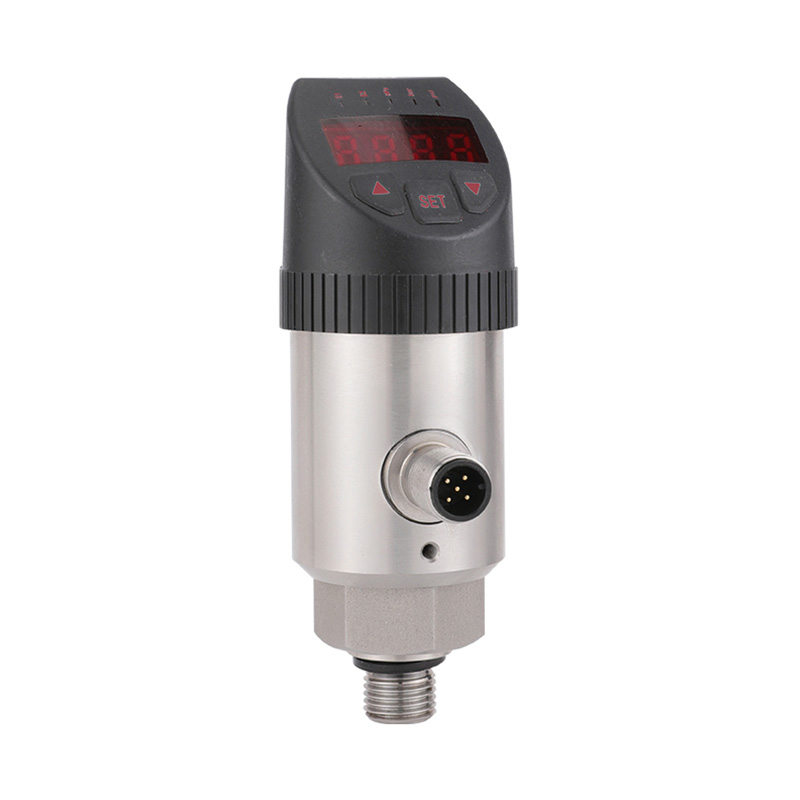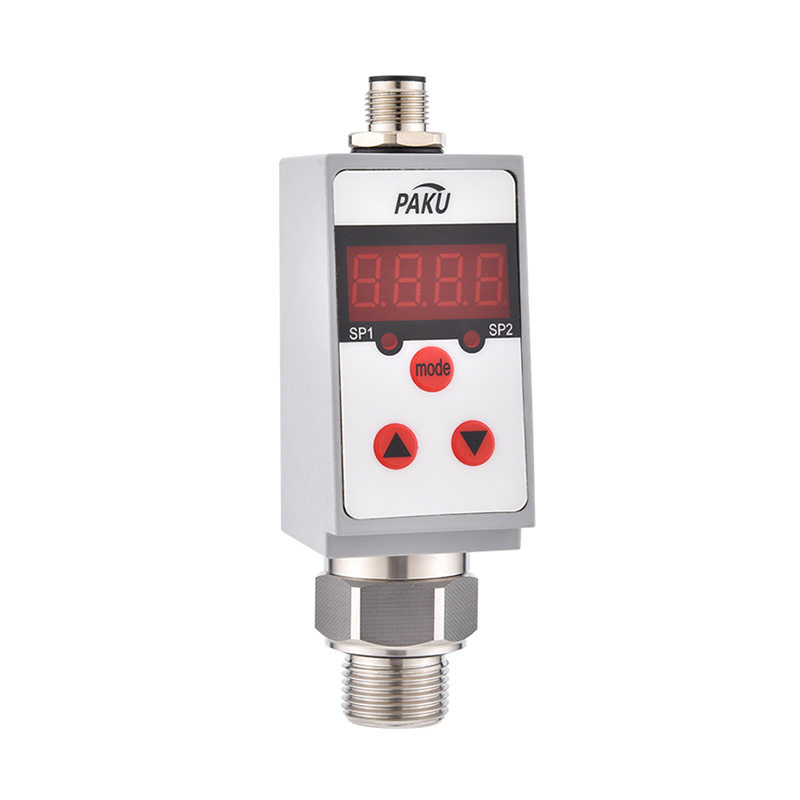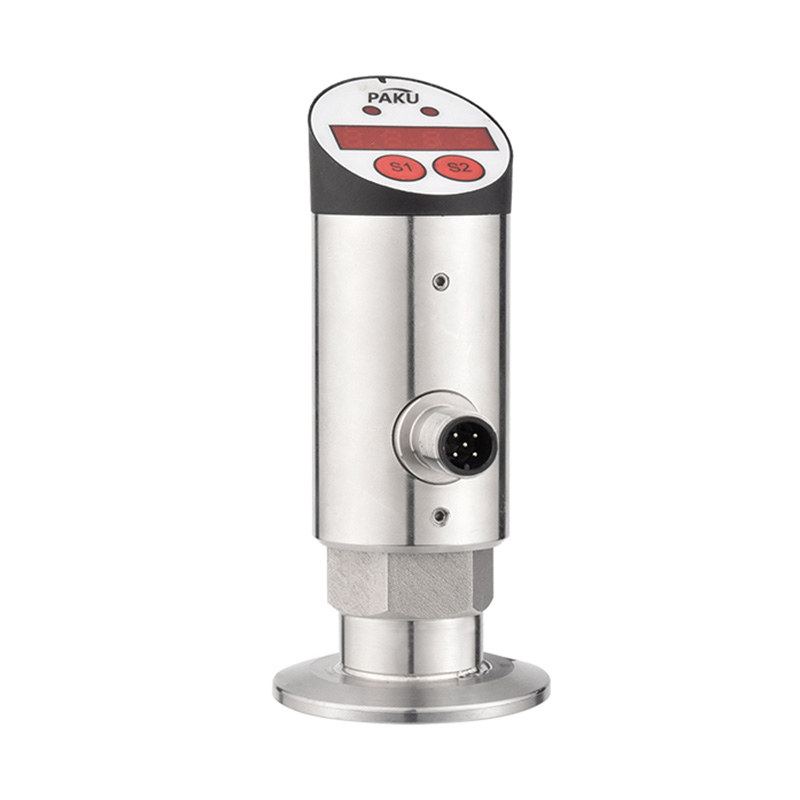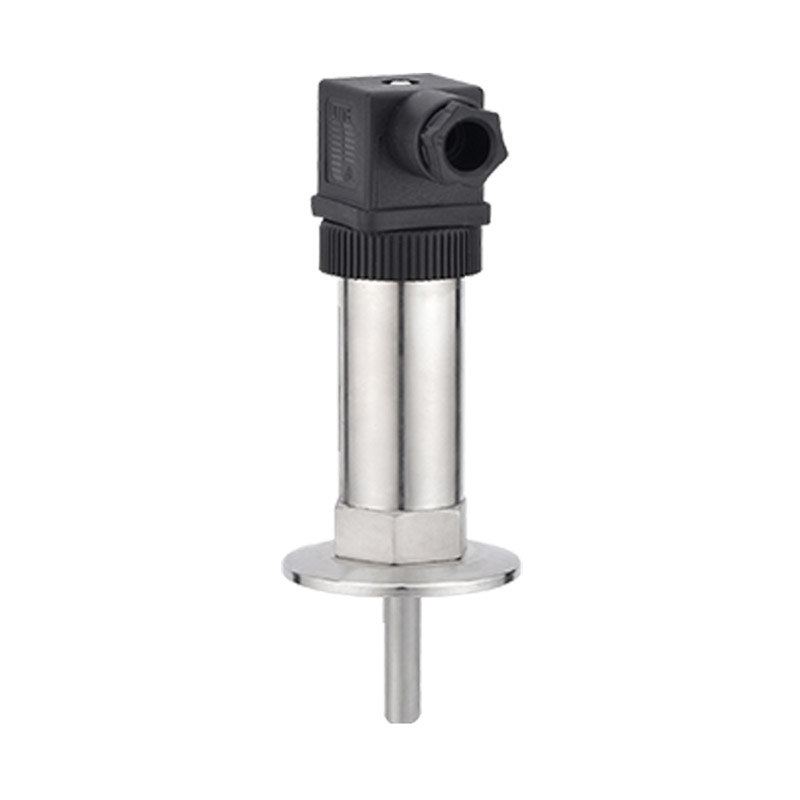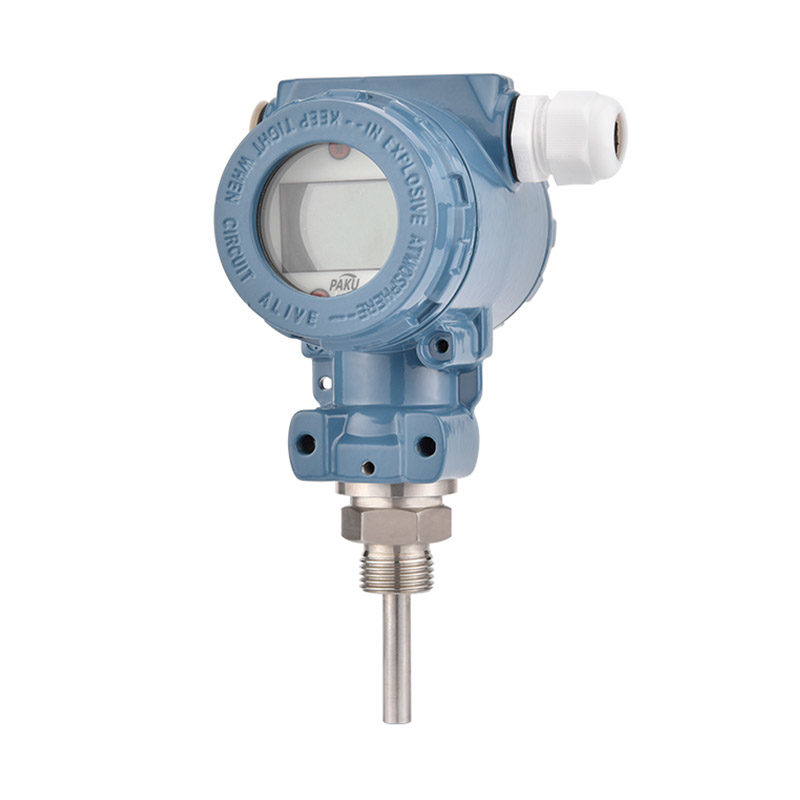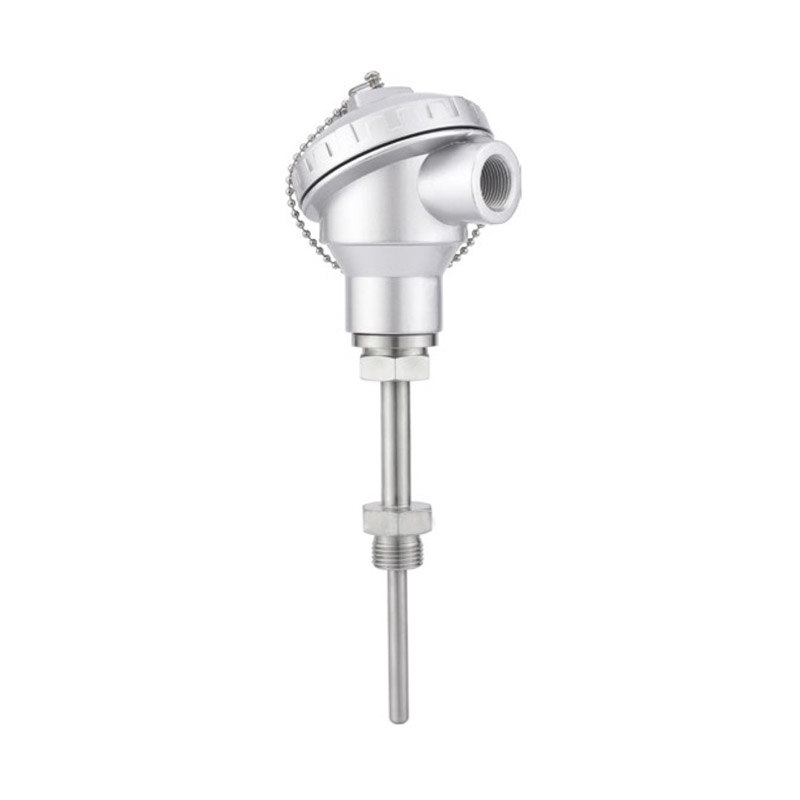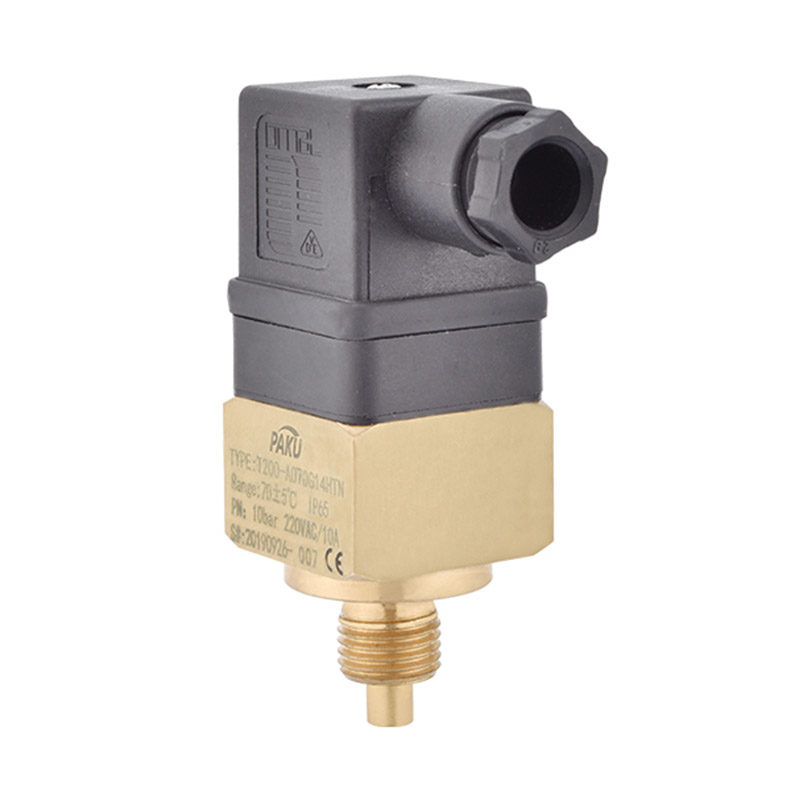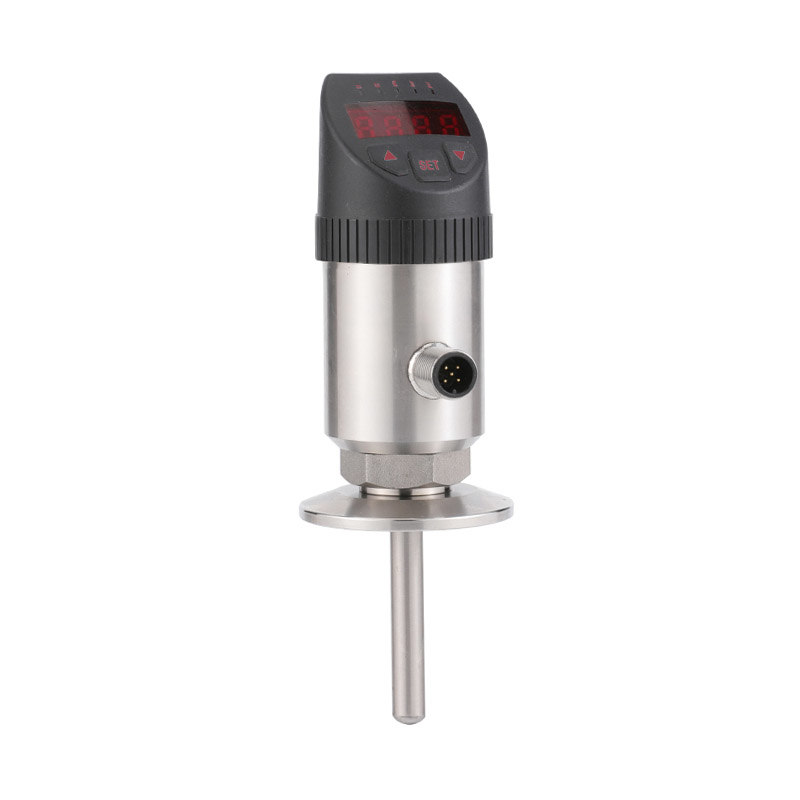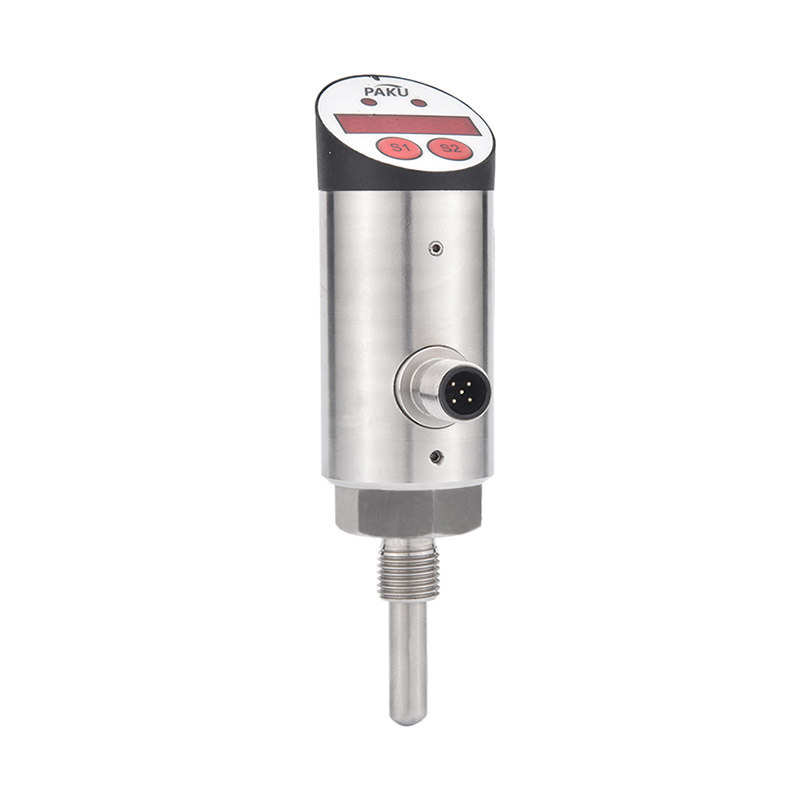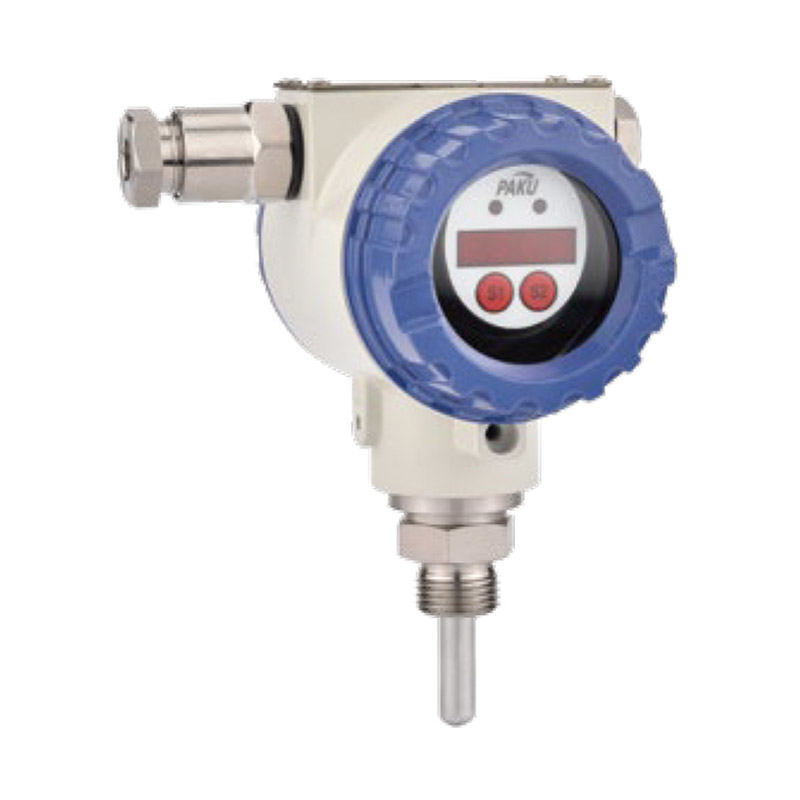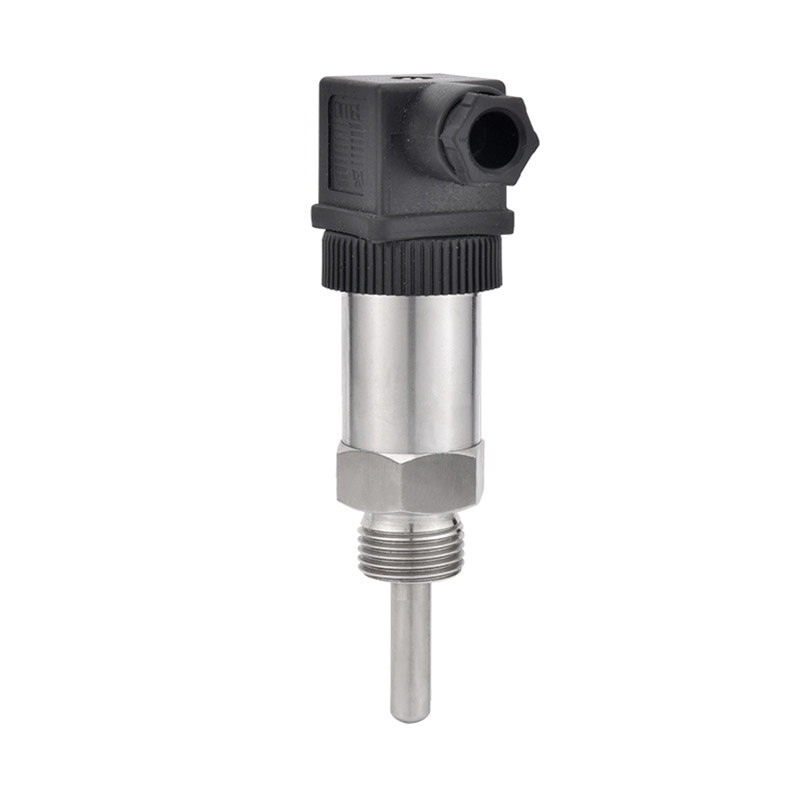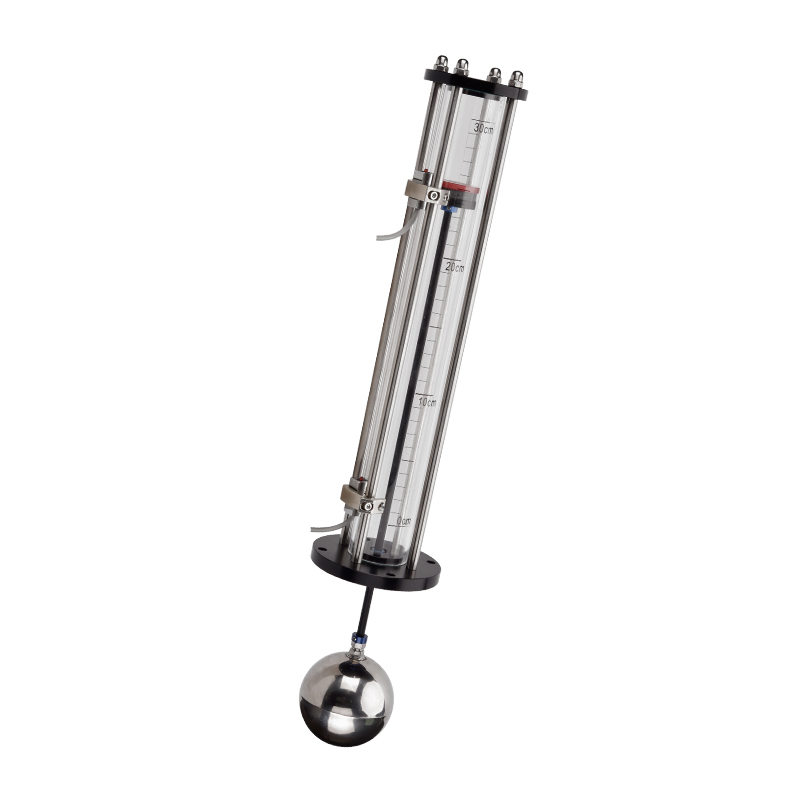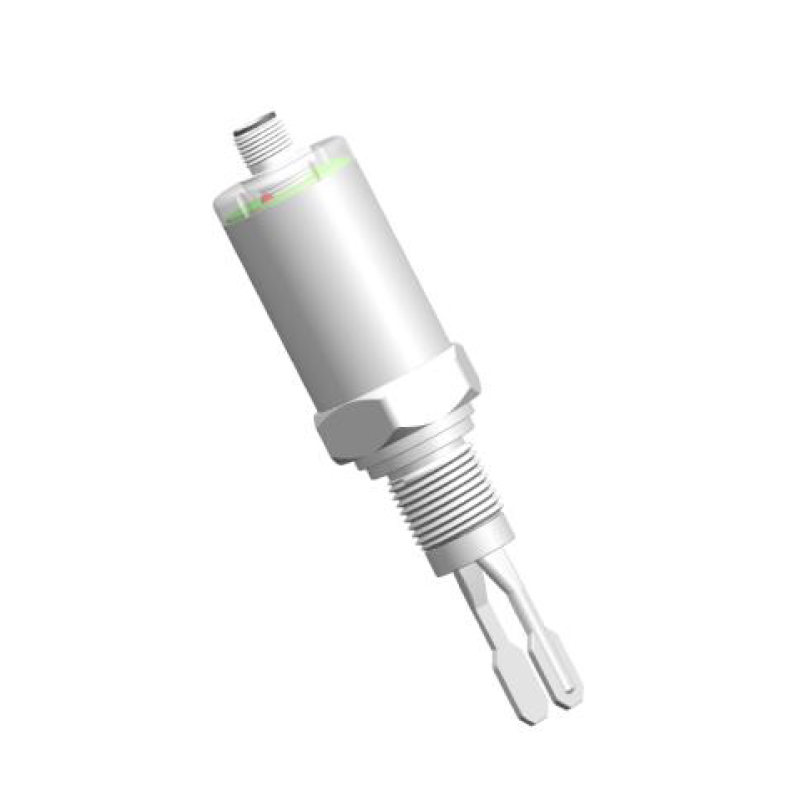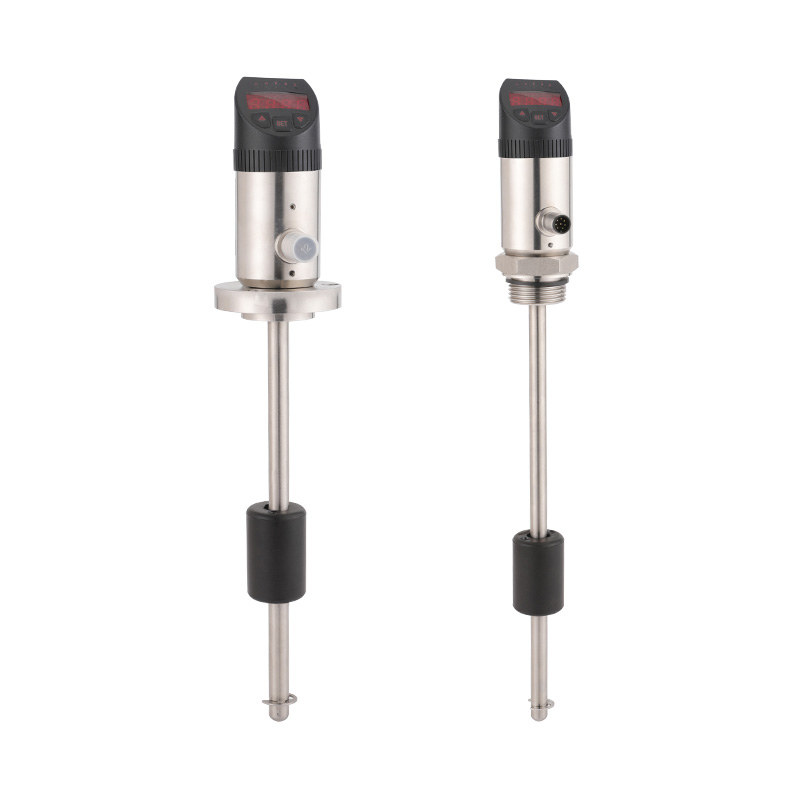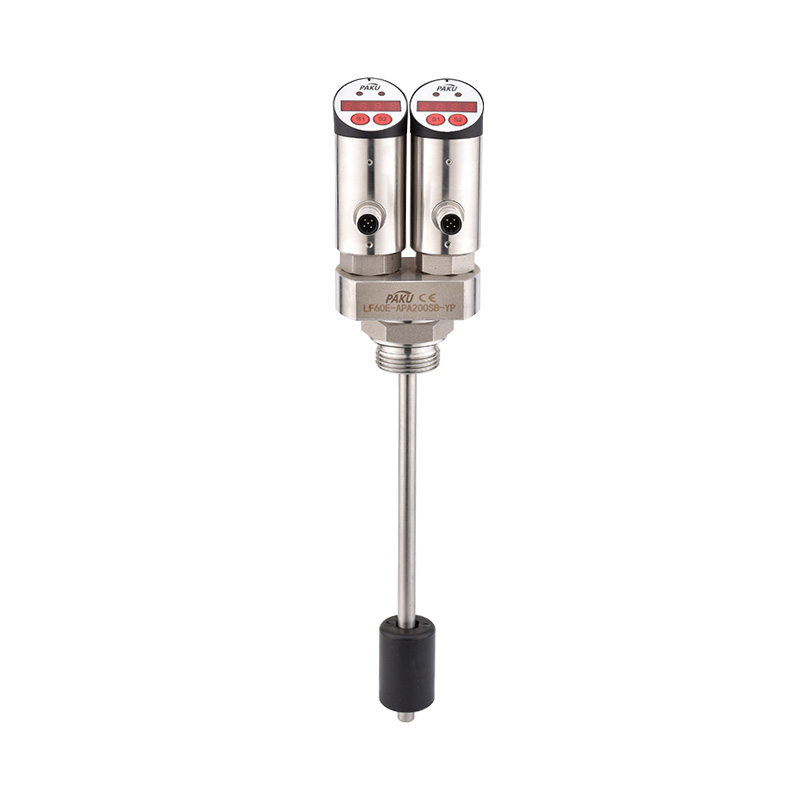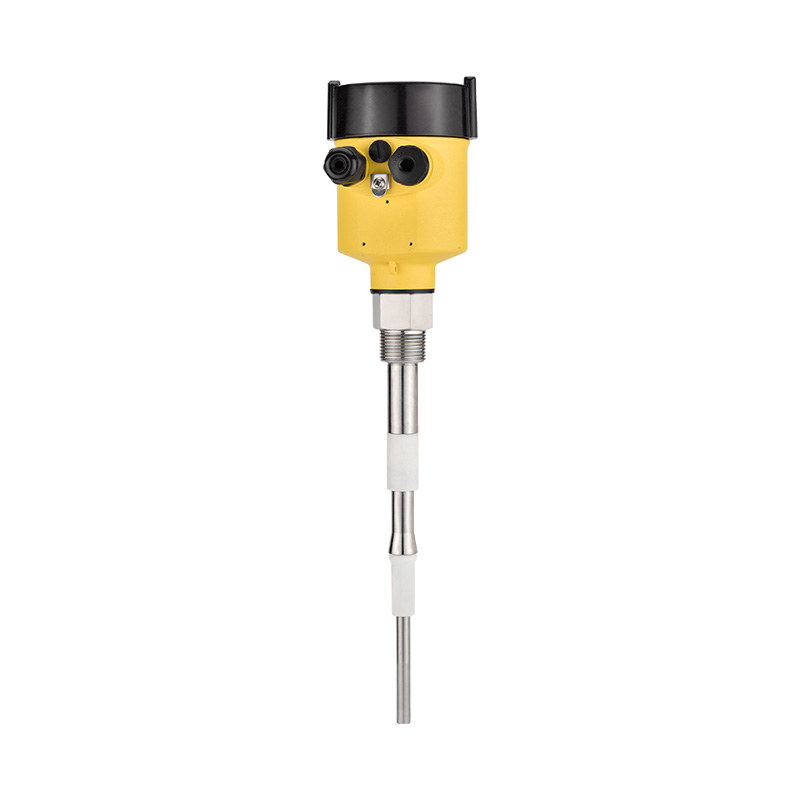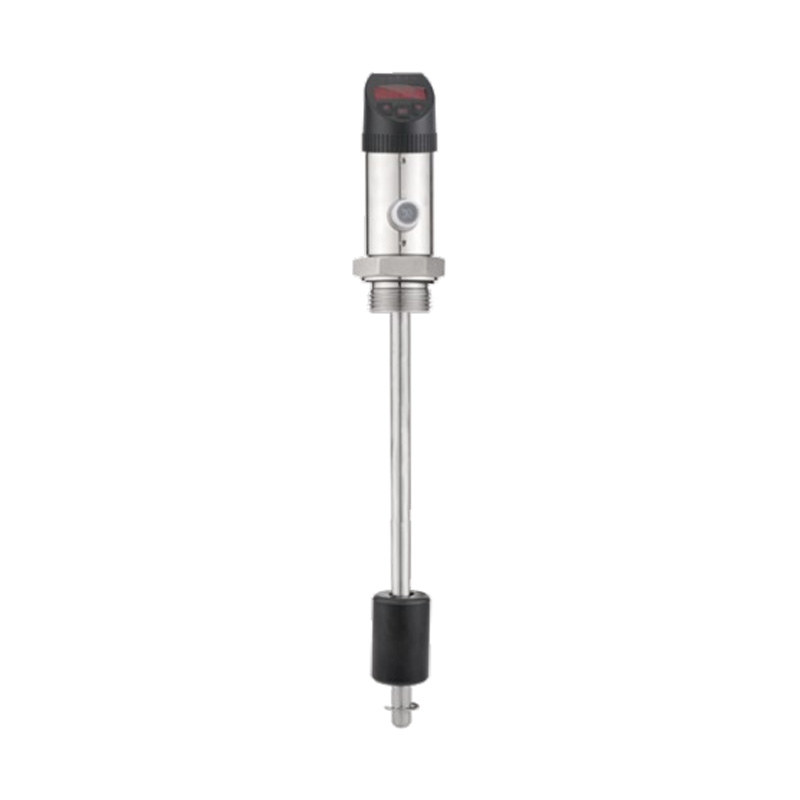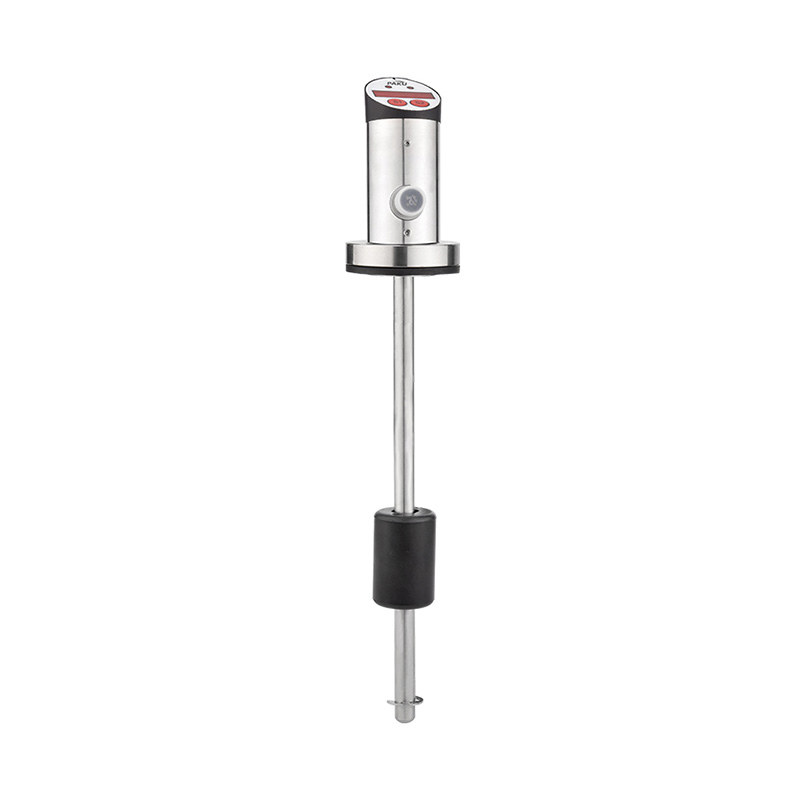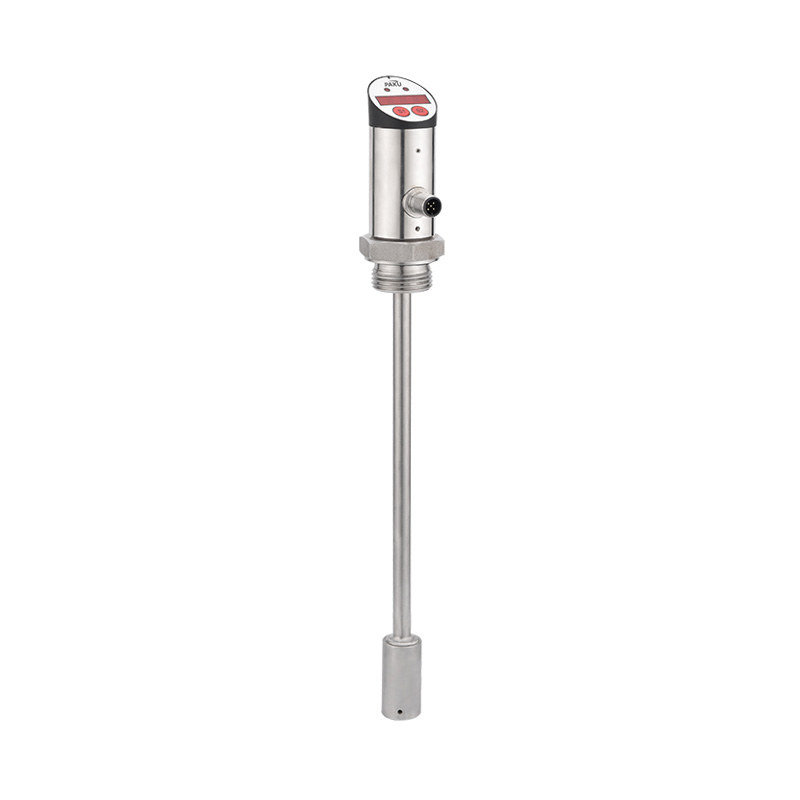If you need any help, please feel free to contact us
What are the common precautions for the installation and maintenance of Liquid Level Equipment?
Liquid level equipment plays a crucial role in industrial processes, ensuring accurate measurement and control of fluid levels in tanks, vessels, and pipelines. Improper installation or maintenance can lead to inaccurate readings, equipment failure, or even safety hazards. Therefore, adhering to specific precautions is essential for optimal performance and longevity of the equipment.
1. Site Selection and Preparation
Before installation, it is vital to choose a suitable location for the liquid level equipment. The installation site should be free from excessive vibration, electromagnetic interference, and extreme temperature fluctuations, which may affect measurement accuracy. For ultrasonic or radar-type level sensors, avoid positioning near obstructions, tank inlets, or agitators that can reflect signals and cause false readings. The surface should be clean, flat, and structurally capable of supporting the equipment’s weight. Proper grounding is also essential for electronic instruments to prevent electrical interference and potential damage.
2. Compatibility with Process Conditions
The selection of liquid level equipment must consider the type of fluid, temperature, pressure, and chemical properties. Materials of construction should resist corrosion, abrasion, and chemical attack from the process liquid. For example, stainless steel or coated sensors may be required for acidic or caustic fluids. Additionally, ensure that the equipment’s pressure and temperature ratings match or exceed the process conditions. Installing equipment in incompatible conditions can shorten its service life and pose safety risks.
3. Proper Installation Techniques
During installation, follow the manufacturer’s guidelines carefully. Mechanical level gauges or floats should be mounted vertically to avoid sticking or inaccurate readings. For differential pressure transmitters, proper impulse line installation is essential; avoid trapping air or condensate, and ensure the lines are free of blockages. Electronic sensors should have secure connections and appropriate cable routing to prevent water ingress or mechanical damage. Tighten all fittings appropriately to prevent leaks but avoid over-tightening, which may damage threads or seals.
4. Electrical Safety and Wiring
For electronic liquid level instruments, electrical safety is critical. Use the correct power supply and signal cables as specified by the manufacturer. All wiring should comply with local electrical codes and standards. Ensure that explosion-proof or intrinsically safe equipment is installed in hazardous areas according to regulatory requirements. Proper shielding and grounding help prevent signal interference and improve measurement stability.
5. Calibration and Testing
After installation, calibrate the liquid level equipment according to the manufacturer’s instructions. Calibration ensures that the readings are accurate and reliable. Periodic testing should be performed to detect drift or deviation caused by wear, fouling, or process changes. Calibration records should be maintained for compliance and future reference. Some equipment, such as radar or ultrasonic sensors, may require test liquids or simulated signals to verify performance.
6. Routine Maintenance and Inspection
Regular maintenance extends the life of liquid level equipment and ensures accurate operation. Mechanical components, such as floats, pulleys, or chains, should be inspected for wear, corrosion, or obstructions. Clean sensors periodically to remove deposits, scale, or sludge that could affect readings. Check seals, gaskets, and connections for leaks and replace them as needed. For electronic instruments, inspect cables, connectors, and enclosures for damage or moisture ingress. Routine preventive maintenance minimizes unexpected downtime and costly repairs.
7. Environmental Considerations
Ensure that the equipment is protected from extreme environmental conditions, such as excessive humidity, dust, or direct sunlight. Enclosures should be rated for the installation environment (e.g., IP65 or higher for outdoor use). Consider installing protective barriers or covers for areas prone to physical damage or chemical exposure. For outdoor tanks, thermal expansion, ice formation, and wind vibration should also be taken into account.
8. Documentation and Training
Proper documentation of installation procedures, maintenance schedules, and operational guidelines is essential. Maintenance personnel should receive adequate training on safe handling, calibration, troubleshooting, and emergency procedures. Clear labeling and easy access to manuals enhance safety and reduce the risk of improper maintenance.
Conclusion
Liquid level equipment is a vital component in industrial fluid management, and its reliable performance depends on careful installation and diligent maintenance. Key precautions include selecting a suitable installation site, ensuring compatibility with process conditions, using proper installation techniques, adhering to electrical safety standards, performing regular calibration, and conducting routine maintenance. By following these precautions, industries can ensure accurate measurements, prolong equipment life, and maintain safe and efficient operations.

 en
en English
English Русский
Русский España
España عرب .
عرب .